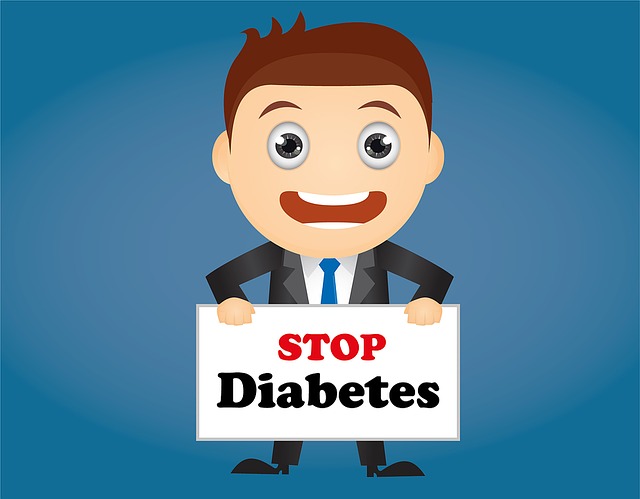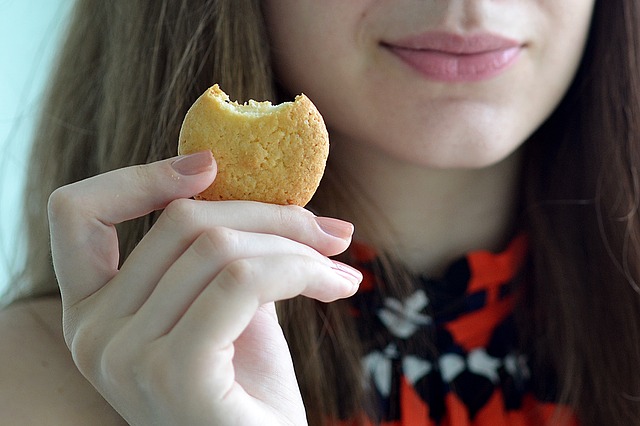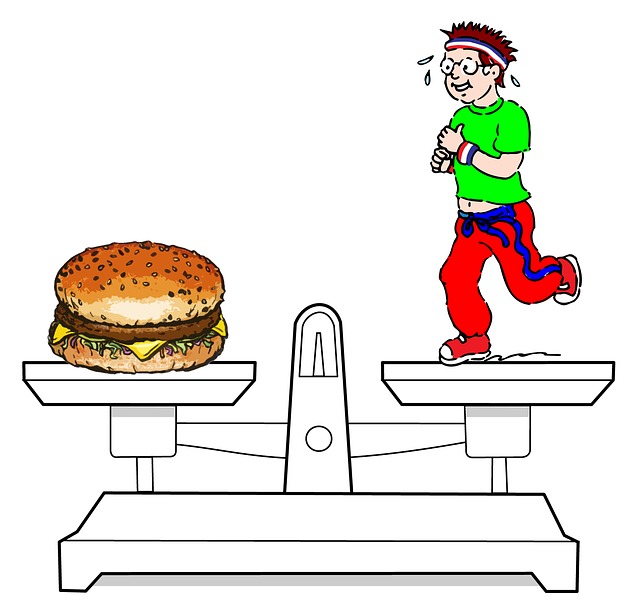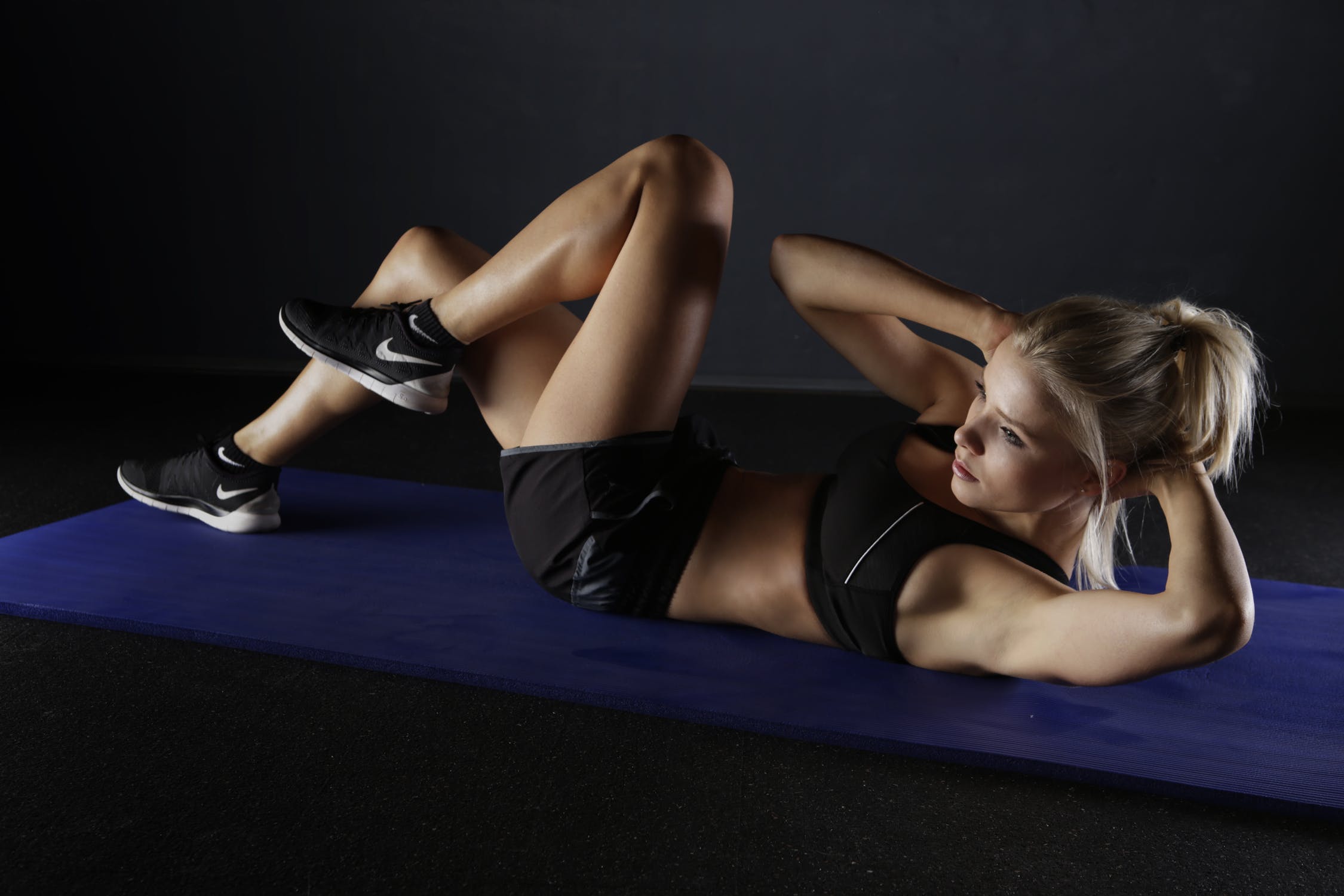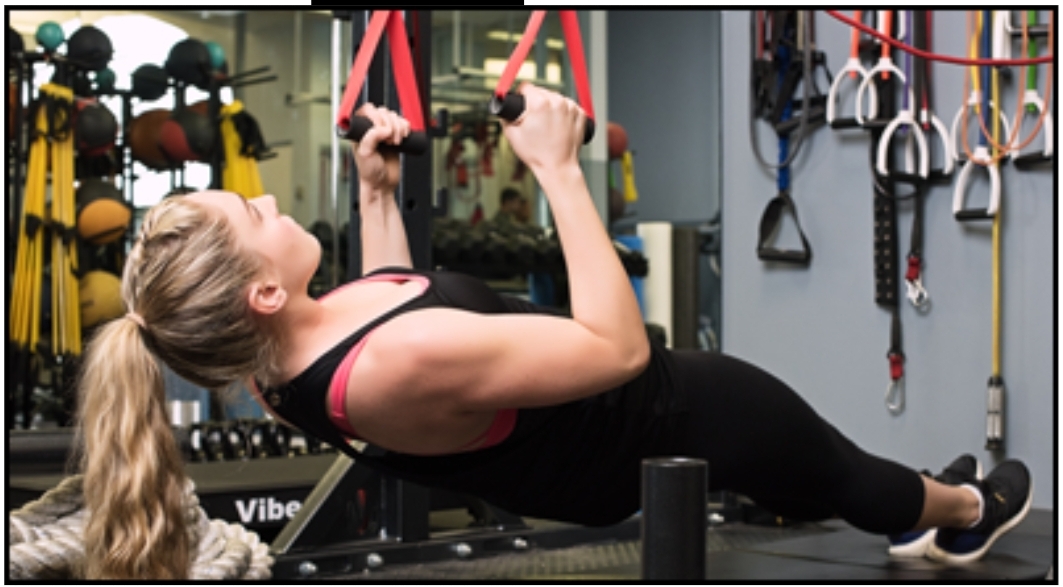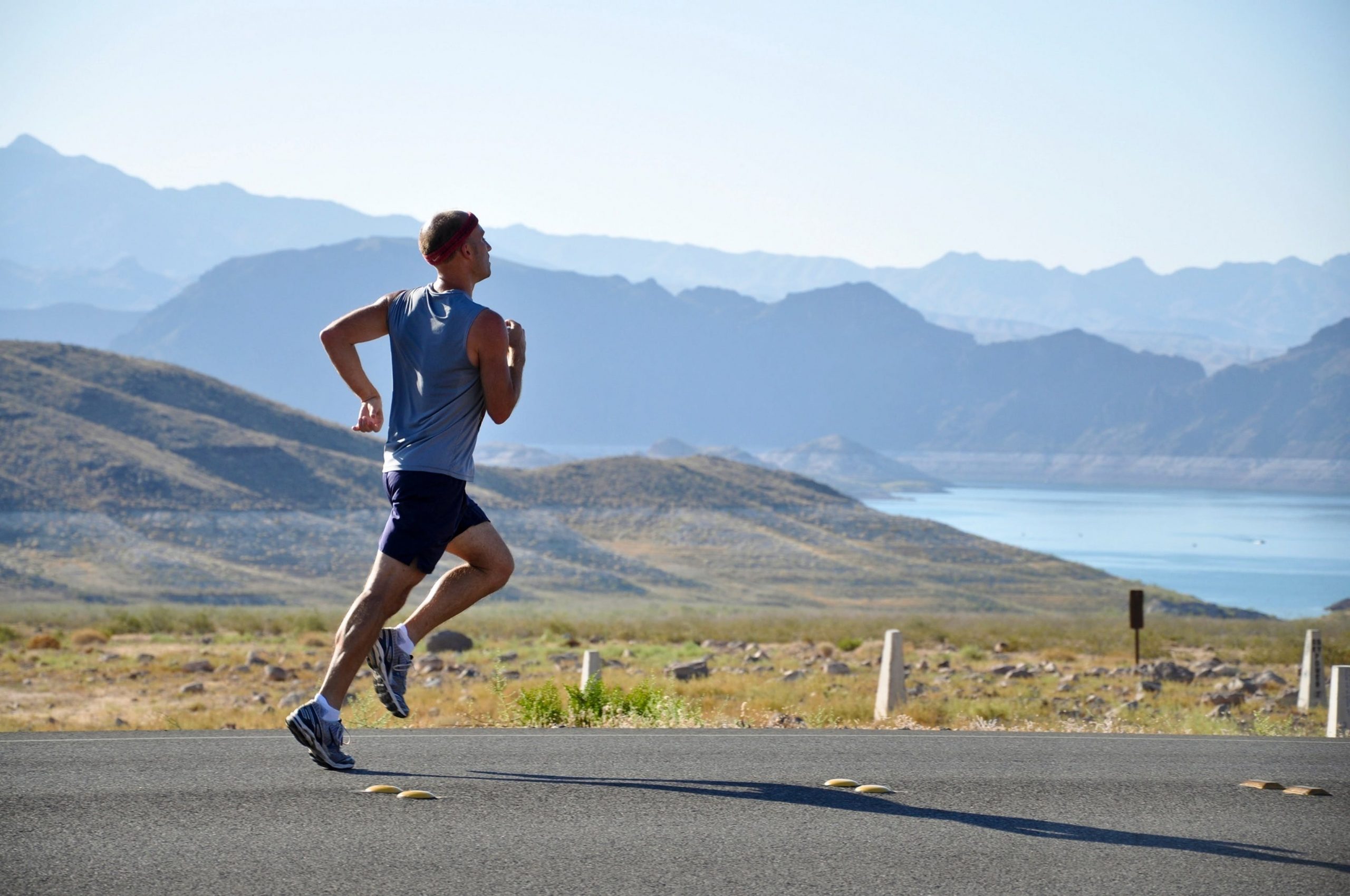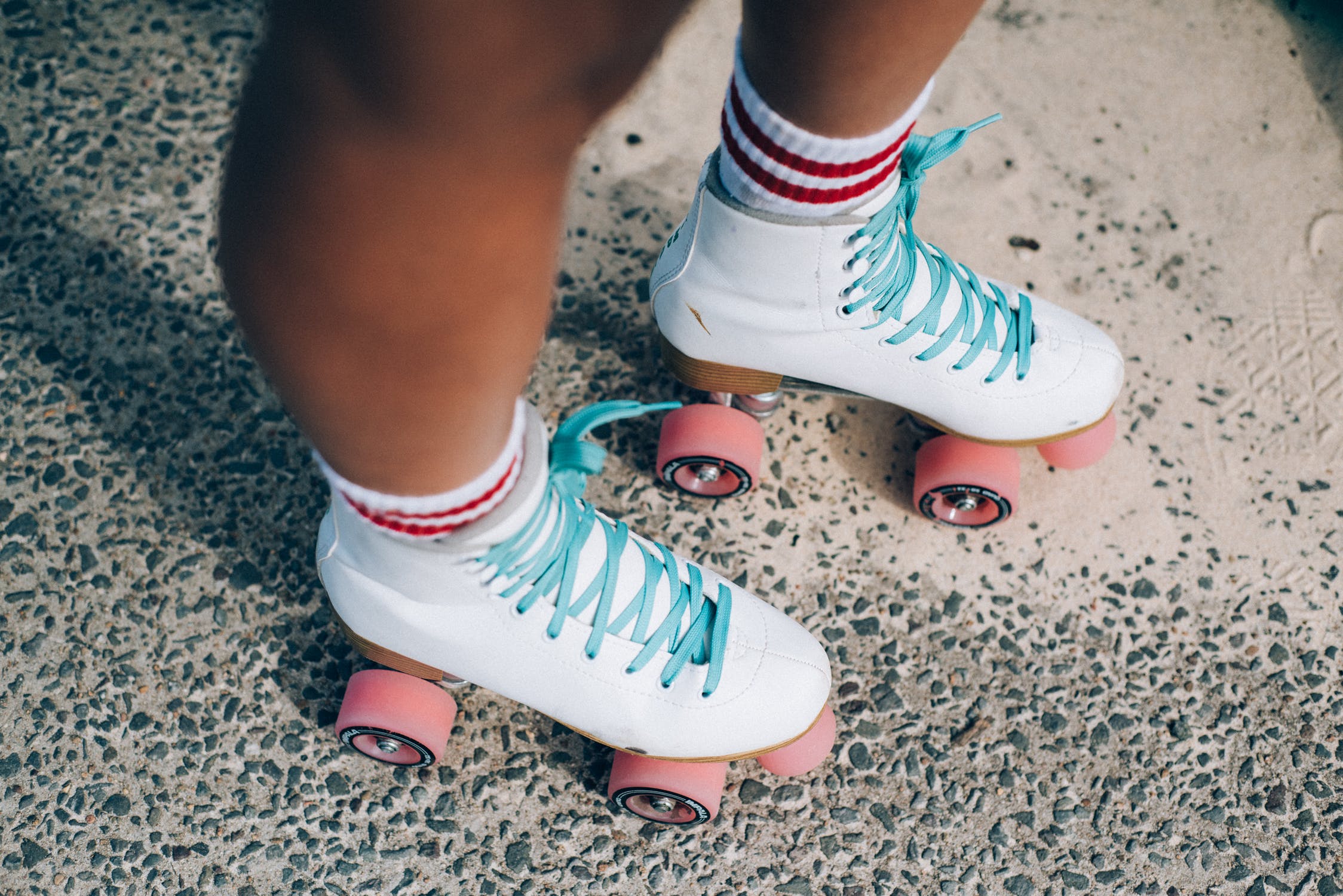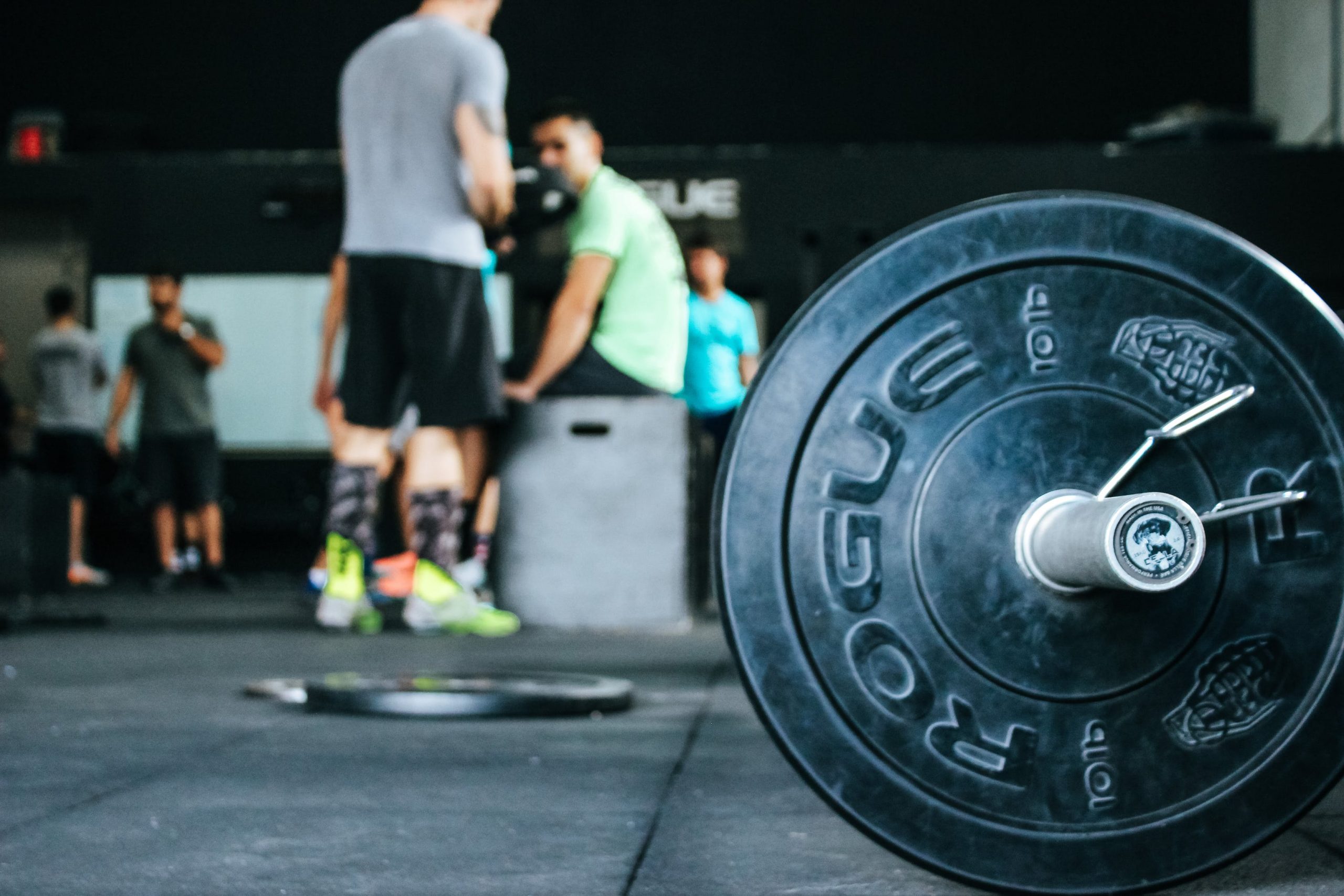You long for a glowing, beautiful skin that can turn heads, isn’t it? Well, with the right skincare products, your skin can get a radiant glow, but it would be wrong to underestimate the need for nourishment your skin needs from inside. With the right diet for healthy skin, you can get a youthful, radiant glow. Remember, the base of beauty lies with nourishment from within and the foods you eat are the only source of nourishing your body.
Your skin needs a constant supply of micronutrients to support the rapid growth of new cells to replace older cells. If you ignore those in your diet, you cannot successfully meet your skincare goals. The right diet for healthy skin is the one that has a correct balance of foods to nourish skin with vital nutrients and help it stay soft, supple, radiant, and blemish free.
Supply your body with antioxidants for beautiful skin
Give your skin an antioxidant boost with Vitamin C-rich foods and fight aging and wrinkles. The right diet for healthy skin must boost your ability to resist aging signs. Change your diet to include foods packed with vitamins, minerals, and antioxidants to protect your skin from the damaging ultraviolet rays.
Wondering why antioxidants should be a part of the diet for healthy skin?
Well, in simple words, the age-defying antioxidants slow down the oxidation process and prevent cell damage from free radicals or oxidants. You get hit with oxidants from smoke, air pollution, and alcohol.
Skin firming, wrinkle and scar tissue reduction, and skin rejuvenation are some of the leading benefits of a diet rich in antioxidants.
To benefit from the skin-protective effects of antioxidants, you would want to fill your meals with colorful fruits and vegetables.
Blueberries, raspberries, kiwi, pomegranate, red apples, oranges, grapes, tomatoes, sweet potato, and broccoli are some of the antioxidant-rich foods that can support your age-defying goals and must form part of your diet for healthy skin.
Berries help collagen production in the body, which makes the skin soft, smooth, and supple, neutralizing the damaging free radicals, which are a byproduct of the body that can damage tissues and cells and tissues.
How do antioxidants work?
They bind to the oxidant radicals and deactivate them, preventing them from causing any harm.
Avoid overcooking vegetables to prevent killing their nutrients. Team up steamed broccoli with boiled sweet potatoes, topped with a hint of garlic, Himalayan pink salt, herbs, and olive oil, for an antioxidant boost.
No right diet for healthy skin possible without B vitamins
You may be surprised to know that vitamin B deficiency not only affects your overall health, but also compromises with your skin health, ripping the glow on your face and leaving you with dry, scaly, and flaking skin. It won’t be wrong to say that “B” in vitamin B stands for beauty.
Rich in vitamins B, C, folic acid, zinc, iron, potassium, and magnesium, cucumber is one of the best foods for youthful, smooth skin.
Fish, meat, eggs, and vegetables are good sources of B vitamins. Vitamin B3 is particularly known to improve the moisture-retention ability of your upper skin layer, also known as the epidermis, leading to softer, smoother skin. It also has skin-lightening properties and is highly effective when mixed with moisturizers, enhancing beauty, boosting hair growth, and counteracting damage from oxidant radicals.
Vitamin B6 is important for beautiful skin. It can be sourced from spinach, garlic, fish, mustard greens, chicken and turkey.
Probiotics are loaded with enzymes and make an important part of the essential foods for skin health. They encourage the growth of friendly bacteria in the gut and keep digestion in check, ensuring your skin gets a good nutrient supply, guaranteeing you a glowing, radiant complexion. In fact, they are one of the biggest beauty secrets for healthy, supple skin. Besides, one added advantage of using probiotics for good skin is that they help make B vitamins, which are a crucial part of your overall skincare regimen.
Make green tea a part of your diet for healthy skin
One of the best tips for beautiful skin is to sip a cup of green tea daily and rejuvenate yourself inside out.
High in polyphenols, flavonoids, and antioxidants, green tea is your go-to beverage for a healthy, glowing, and beautiful skin. The polyphenols in green tea are catechins that are highly effective against skin inflammation and cancer.
These compounds in green tea eradicate toxins and free radicals from your body, thus treating the epidermis and helping you attain a flawless, spotless, youthful skin. What’s more, green tea is a highly effective remedy for acne and breakouts. Removal of toxins from the skin will give it a lasting luster and lighter complexion. Without it the right diet for healthy skin is incomplete.
Munch on nuts for a beautiful skin
If you love nuts, you are going to love them, even more, when you realize their benefits for skin health. Nuts are a treat not only for the tongue, but also for your skin. Pumpkin seeds, almonds, walnuts, sesame seeds, and chia seeds are the unsung heroes in the beauty world and essential parts of the right diet for healthy skin.
As a good source of zinc, nutrients, and vitamin E that protects skin from oxidative damage, nuts are essential to help keep your skin glowing, beautiful, and blushing. Munching on a few healthy nuts every day promises to promote skin cell regeneration and help your fight against skin diseases.
Zinc supports the functioning of sebaceous glands that produce oil and help repair skin damage, helping keep your skin glowing, soft, and supple.
Keep a few nuts handy every time so you can snack on them and give your skin a powerful boost.
Support your skin-friendly diet with omega 3 fatty acids
One of the most important tips for healthy skin is to ensure the supply of omega-3 and omega-6 fatty acids that must be sourced from food, as these essential fats cannot be made in the body. No amount of topical creams and lotions can help the body deal with an omega 3 deficiency. Without sufficient omega 3, your skin becomes susceptible to environmental toxins, invaders, and infections, omega 3 and 6 are essential for the formation of cell membranes that hold moisture and oil and keep the skin soft, radiant, and moisturized. Without adequate omega 3 fats, cells become dehydrated, weak, and prone to wrinkles and you fail to get the right diet for healthy skin.
Walnuts, flax seeds, linseeds, and rapeseed oil are good sources of omega 3 for a vegetarian diet that encourages the production of anti-inflammatory compounds for skin health. A non-vegetarian diet must include oily fish, which supplies your body with an adequate amount of omega 3 fats.
Beauty is skin deep, and the best way to get that sparkling glow on your face is to choose the right diet for healthy skin.
